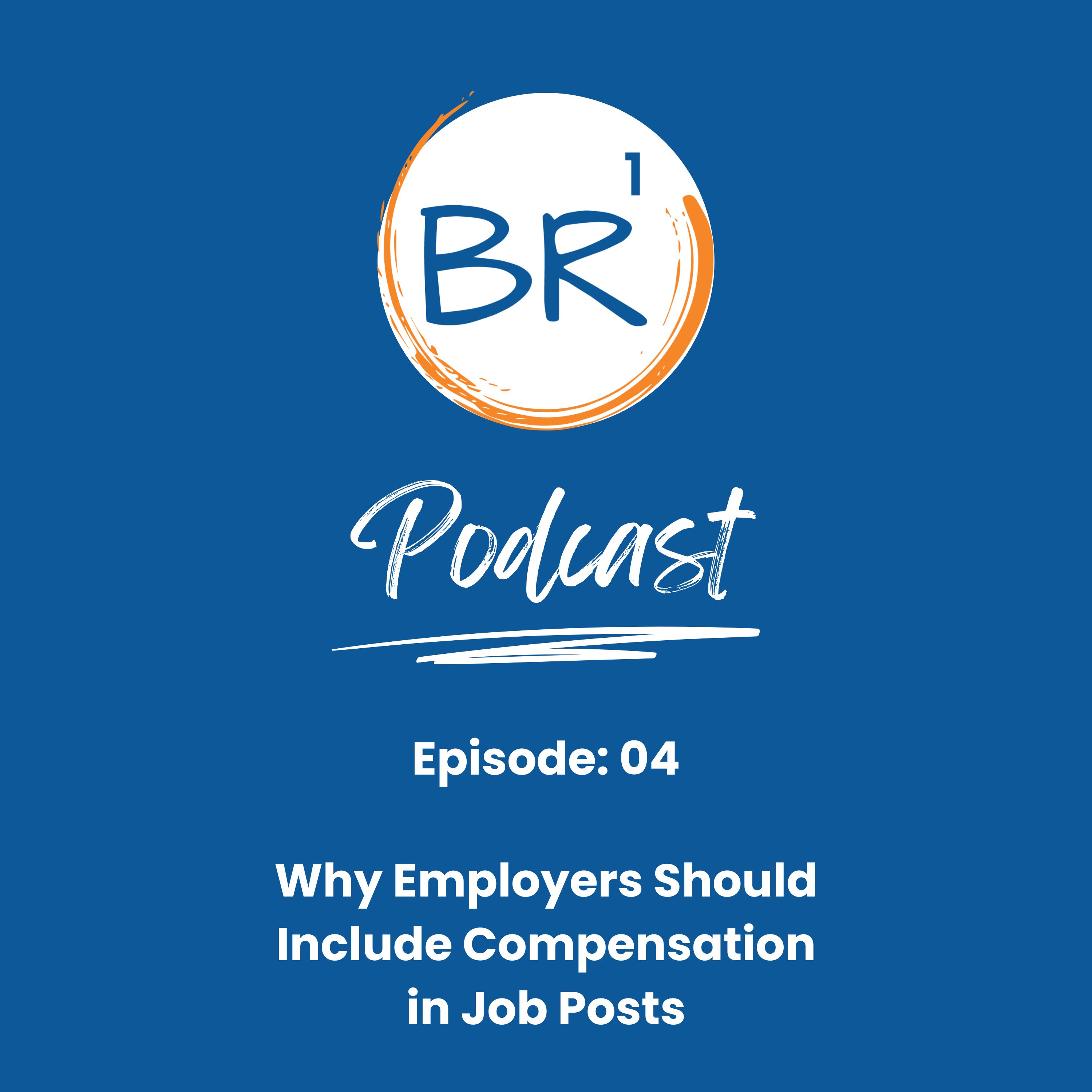Today, we’re diving into a hot topic in hiring—why employers should include compensation in job postings. If you’re a business leader or HR professional, this is for you!

Updated February 17, 2025
Why Transparency Matters
Transparency in job postings builds trust with potential candidates. When salary information is provided upfront, job seekers feel more confident in applying, knowing whether the opportunity aligns with their expectations. It eliminates the guesswork and prevents wasted time for both the employer and the applicant.
In terms of transparency, do I think you need to publish an exact figure? No. What we typically use for our clients is just a range. Something like $19 - $24 per hour, or $60,000 - $80,000 per year. A range is enough to let job seekers know if their expectations are even on the same planet as what the employer is offering.
Enhancing Job Post Discoverability
Including a compensation range in job postings can significantly improve their visibility on job boards and search engines. Many job platforms prioritize listings that provide salary details, making them more likely to appear in search results. Additionally, job seekers often use salary filters when searching for positions and omitting this information can cause your posting to be overlooked.
Make your job post stand out and be skimmable.
Answer these 3 questions BEFORE posting your job opening.
Attracting the Right Candidates
By listing compensation details, companies attract candidates who are genuinely interested and qualified for the role. Without this information, businesses risk engaging with applicants who may later reject the offer due to mismatched salary expectations, leading to prolonged hiring cycles and inefficiencies.
Recruiting without retention is very expensive!
Competitive Advantage in a Tight Labor Market
In today’s competitive job market, top talent has options. Employers who disclose pay ranges demonstrate that they value transparency and fairness, which can make them stand out against competitors who do not. This is particularly crucial in the Green Industry, where skilled professionals are in high demand.
Attracting Passive Candidates
Many talented professionals are not actively searching for a new job, but they may be open to better opportunities if the right one comes along. When a job post or advertisement includes a compensation range, it could catch the eye of passive candidates who might otherwise scroll past vague listings. Knowing the pay upfront can be the nudge they need to consider making a career move. Sometimes, passive candidates aren’t looking for a new job because they don’t realize what the earning potential is.
The power of recruiting passive candidates.
Compliance with Pay Transparency Laws
Some states and regions are implementing pay transparency laws requiring employers to disclose salary ranges. Staying ahead of these regulations ensures compliance.
State and local laws and regulations vary greatly and are changing rapidly, so be sure to check with an attorney, compliance expert, or regulatory agency, but here are some examples:
- California: Upon request, employers must provide an applicant with the pay scale, even prior to an initial interview. And an employer with 15 or more employees must include the pay scale for a position in any job posting. Yes, this also applies to third parties, such as recruiting firms.
- Colorado: Job posts must disclose compensation range and benefits offered.
- Connecticut: Employers must provide a job applicant with the wage range for a position for which the applicant is applying, upon request.
- Maryland: Employers must provide compensation range upon applicant’s request.
- Nevada: Employers must provide the wage or salary range for a position to a person who has completed an interview.
- Jersey City, NJ: Employers with 5 or more employees must disclose a minimum and maximum salary and/or hourly wage, including benefits, in the posting or advertisement.
- New York: Employers with 4 or more employees, when advertising a job, promotion, or transfer opportunity, must state the minimum and maximum annual salary or hourly wage for the position.
- Cincinnati and Toledo, OH: Upon candidate’s request.
- Rhode Island: Upon candidate’s request.
- Washington State: Employers with 15 or more employees must disclose the wage scale or salary range, and a general description of all benefits and other compensation.
While I wanted to share with you that there are some regulations in certain areas of the country, compliance isn’t really why I suggest including compensation ranges in your job posts and advertisements. Obviously, I want everyone to remain compliant to avoid potential penalties. But I encourage compensation disclosure when recruiting because it has a positive impact for employers.
Improving Employer Branding
Companies that openly share salary information are often seen as more credible and trustworthy. A strong employer brand attracts top talent and fosters a positive company reputation in the industry.
Boost your employer branding: Why it matters in recruitment.
Why Some Employers Hesitate to Publish Compensation Range & How to Overcome Perceived Drawbacks
Despite the benefits, some employers are hesitant to include compensation ranges in job postings. Common concerns include:
- Losing Negotiation Leverage:Employers fear that publishing a salary range may limit their ability to negotiate compensation based on a candidate’s experience and skills. However, a well-structured pay range can still allow for flexibility while setting clear expectations.
- Internal Pay Discrepancies:Some businesses worry that posting salaries will create tension among current employees if they see pay discrepancies. To mitigate this, companies should conduct regular salary audits and ensure pay structures are fair and competitive.
- Competitor Awareness:Employers may not want competitors to see their salary offerings. However, transparency can also serve as a competitive advantage. Look, if you’re not competitive as an employer in your market, being secretive isn’t going to help you overcome that. Money isn’t irrelevant in recruiting, but it’s not everything either. If you can’t compete on wages, it’s especially important to highlight why job seekers should consider joining your team. Perhaps you can offer benefits, culture, or an opportunity for advancement that your competitors can’t or don’t.
Overcoming these perceived drawbacks requires a mindset shift. Emphasizing transparency, fairness, and competitive pay positioning can enhance employer branding and create a more efficient hiring process.
Conclusion
Including compensation in job postings isn’t just a best practice—it’s a strategic move that benefits both employers and job seekers. It streamlines the hiring process, attracts the right candidates, and builds trust and credibility in the market. If you’re not yet including salary details in your job postings, now is the time to start.




